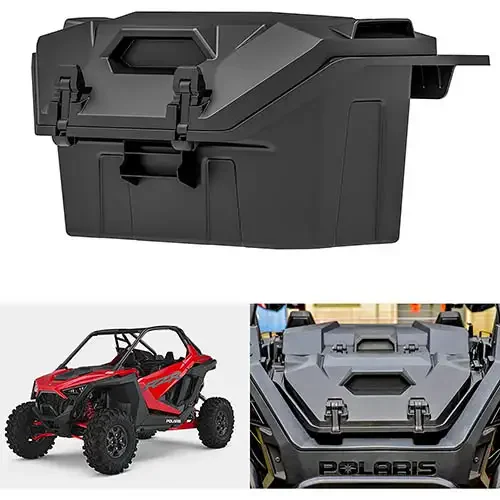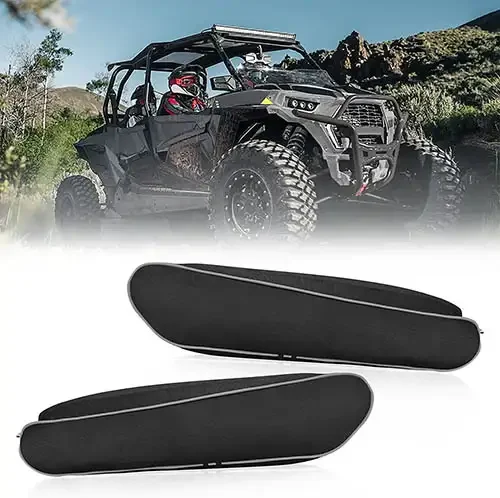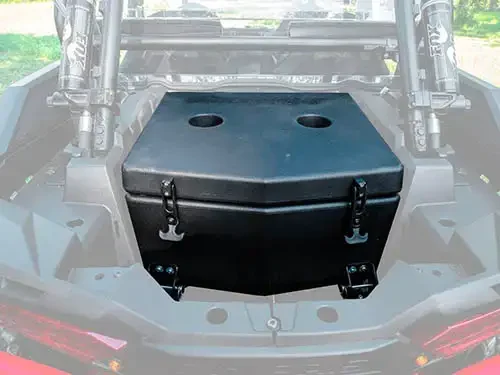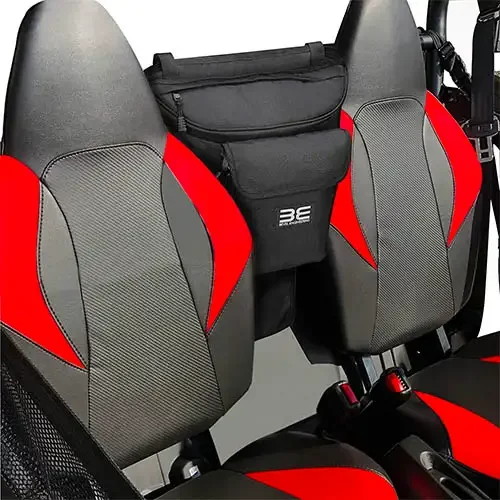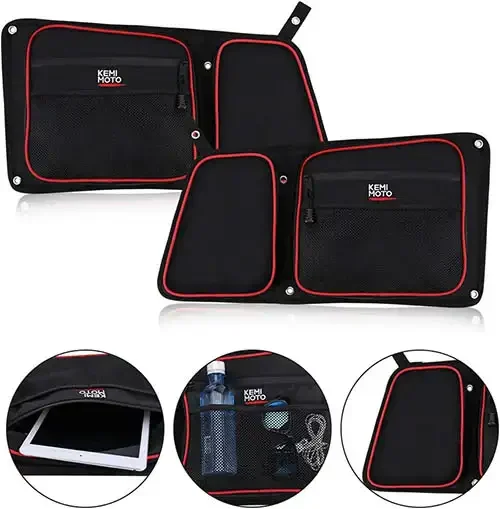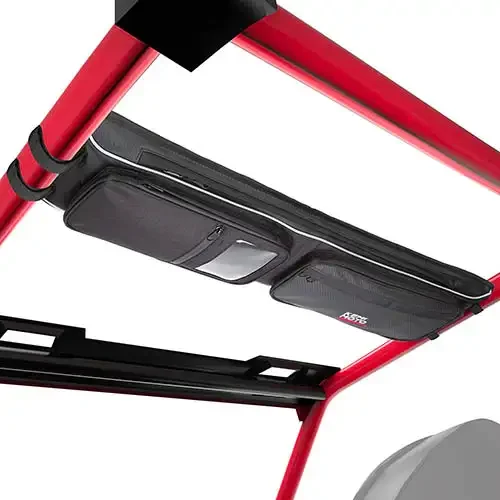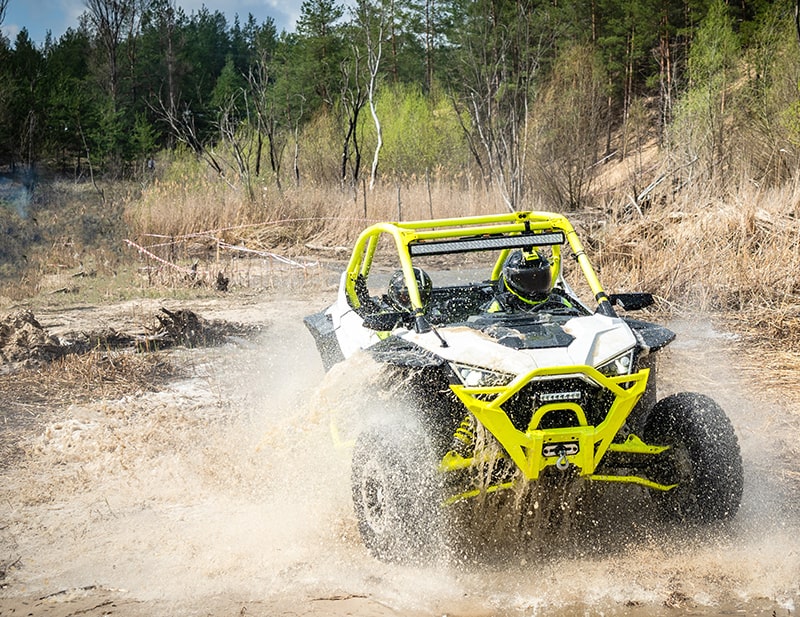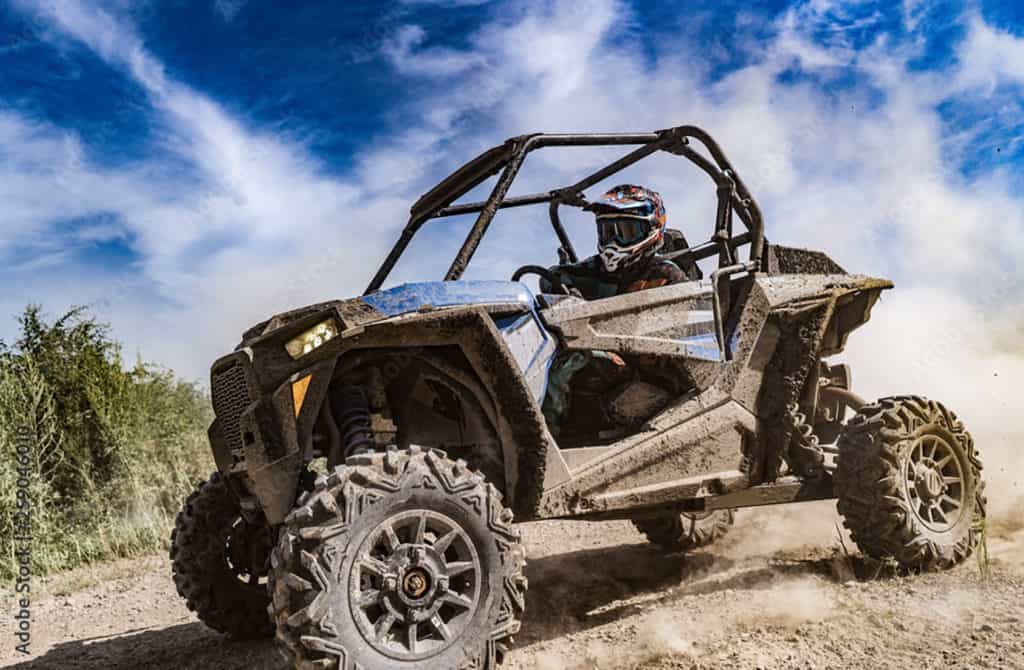One of the most common noises you may hear is a high-pitched squealing or screeching sound, especially when accelerating or shifting gears. This sound is usually caused by the belt slipping on the clutch or pulley, due to worn or damaged surfaces.

Buy The Right CanAm Belt with our guide
As an avid Can-Am X3 rider, you rely on your UTV to provide you with an exhilarating and safe off-road experience. However, even the best equipment can experience wear and tear over time, especially if you push your X3 to the limits. One of the most critical components of your X3 is the drive belt, which transfers the power from the engine to the transmission and wheels. If your drive belt is failing, you may experience a variety of symptoms, including strange noises, performance issues, and potential damages. In this article, we will discuss what a failing Can-Am Maverick X3 drive belt sounds like, and how to diagnose and fix the issue.
Symptoms of a Failing Can-Am X3 Drive Belt
Before we dive into the specific sounds of a failing drive belt, let’s first review some common symptoms that may indicate an issue with your belt:
- Reduced acceleration and top speed
- Difficulty shifting gears or engaging the clutch
- Burning smell or smoke from the engine or exhaust
- Visible wear or damage on the belt or clutch components
- Unusual vibrations or jerking movements while driving
- Loud squealing, screeching, or grinding noises
If you experience any of these symptoms, you should inspect your drive belt and related components immediately. Ignoring the issue can lead to further damages and costly repairs.
What a Failing Can-Am X3 Drive Belt Sounds Like
Now, let’s focus on the sounds of a failing drive belt. One of the most common noises you may hear is a high-pitched squealing or screeching sound, especially when accelerating or shifting gears. This sound is usually caused by the belt slipping on the clutch or pulley, due to worn or damaged surfaces. The slipping can also generate heat, which can further damage the belt and other components. If you continue to drive with a slipping belt, you may also hear a grinding or rattling sound, which indicates that the belt is shredding or breaking apart.
Another sound you may hear from a failing drive belt is a loud popping or snapping sound, similar to a gunshot. This sound is usually caused by the belt breaking under high stress or tension, such as during a sudden acceleration or high-speed maneuver. A broken belt can cause significant damage to the engine, transmission, and other parts, and can even cause a loss of control or accident.
How to Diagnose and Fix a Failing Can-Am X3 Drive Belt
If you suspect that your drive belt is failing, you should stop driving immediately and inspect the belt and related components. Here are some steps you can take to diagnose and fix the issue:
- Check the belt for wear and damage, such as cracks, fraying, or glazing. Replace the belt if it shows any signs of wear, even if it hasn’t failed yet.
- Check the clutch components for wear and damage, such as worn or damaged sheaves, rollers, or bushings. Replace or repair any damaged parts.
- Check the belt tension and alignment, using a belt tension gauge and alignment tool. Adjust the tension and alignment as needed, following the manufacturer’s specifications.
- Check the air intake and exhaust system for any obstructions or damages that may cause overheating or excessive strain on the belt. Clear any obstructions and repair any damages.
- Test drive the X3 and listen for any abnormal noises or performance issues. If the issue persists, consult a professional mechanic or dealer for further diagnosis and repair.
By following these steps and maintaining your drive belt and related components regularly, you can ensure a safe and reliable off-road experience with your Can-Am X3. Don’t let a failing drive belt ruin your ride
Related Questions About Can-Am X3 Drive Belts
Can I Replace a Can-Am Drive Belt Myself?
Yes, you can it ain’t rocket surgery. You can swap out a Can-Am drive belt yourself. No need to fork over your hard-earned cash to a mechanic. Just grab your tools and get to work.
How Do I Know My Can-Am X3 CVT Belt Is Worn?
One of the most common injuries that X3 and riders face is a worn-out drive belt. You check for glassy sides of the belts. Also, sluggish acceleration or jumping suddenly can be a sign of a worn belt
How Long do Can-Am X3 drive belts last?
When it comes to the Can-Am X3, one question that always seems to be on people’s minds is just how long that drive belt can hold out. Will it last you for hundreds of miles of trail riding, or is it more likely to give out on you just when you’re starting to hit your stride?
Why do X3 belts break?
X3 belt breakage can be attributed to several reasons, including overloading, harsh riding conditions, poor maintenance, or manufacturing defects. Overloading the vehicle or carrying excessive weight can strain the belt, causing it to fail. Similarly, riding in harsh conditions like extreme heat or dust can accelerate belt wear and reduce its lifespan. Lack of maintenance, such as not keeping the belt clean or ignoring signs of wear, can also lead to belt breakage. In rare cases, manufacturing defects may cause premature belt failure.
What does a failing drive belt sound like?
X3 belt breakage is a problem that can have several culprits. It could be due to overloading the vehicle with too much weight or putting it through the wringer in harsh riding conditions. Riding in extreme heat or thick clouds of dust can speed up the wear and tear on the belt, causing it to fail sooner. Neglecting to keep the belt clean or ignoring warning signs of wear and tear can also lead to breakage. And, in some rare instances, defects in the manufacturing process may cause the belt to fail before its time.
How do you break in a new X3 belt?
If you want to keep that X3 of yours runnin’ smooth and strong, you gotta give that belt the break-in it deserves. Don’t go slammin’ down the pedal and expect everything to work like a charm. No, sir. Take it easy for the first 5 to 10 miles, keep it in low gear if you got it, and vary them speeds. If you ain’t got low gear, take it moderate for 50 miles. And don’t forget, it ain’t just about the miles. Keep them engine RPMs low and steady, and you’ll be good to go.
Why do my belts keep ripping?
Why do my Can-Am drive belts keep ripping? Well, it could be due to overloading the vehicle or carrying too much weight, harsh riding conditions such as extreme heat or dust, poor maintenance, or even manufacturing defects. Take good care of your belt and avoid straining it, and you’ll have fewer problems.
How much does it cost to get a drive belt replaced?
If you’re handy enough, you can replace your X3 drive belt for less than two hundred bucks. Just grab a new belt for around 150 and some tools, if you don’t already have some, for 30 bucks, and you’re good to go.
Should you wash a Can-Am CVT belt?
Washing a new drive belt before installation is a hotly debated topic. But if you insist on giving it a bath, use warm, soapy water and let it air dry before you slap it on.
Are Can-Am X3 belts directional?
New belts don’t give a damn about direction, but used ones sure do. Directional arrows on some belts are just a reminder to put it back on the same way if you ever take it off. To prolong your belt’s life, it’s wise to always run it in the same direction.
Can you drive with a worn Can-Am drive belt?
Can you drive with a worn Can-Am drive belt? Well, you can, but it’s like walking around with a ticking time bomb in your pocket. You never know when it’s going to go off and leave you stranded in the middle of nowhere. So, if you value your time and sanity, it’s best to replace that worn belt before it’s too late.
What happens if you don’t change your Can-Am drive belt?
Well, friend, if you don’t change your Can-Am drive belt, you’ll eventually find yourself stranded in the middle of nowhere with a busted belt and a sour mood. A worn-out belt can break unexpectedly, leaving you high and dry on the trail or in the field. Not to mention, a damaged belt can cause other issues with your vehicle’s performance, leading to costly repairs down the road. So, don’t be a fool – keep that drive belt fresh and enjoy your ride without any unnecessary headaches.
Will a broken Can-Am drive belt destroy my engine?
No, it won’t destroy your engine. The rev limiter will kick in and you may get a light on your dash. Just shut her down and clean out the old drive belt and replace it with a new belt. Disconnect the battery to clear the dash light then reconnect it and get on with your day.
Can you spray wd40 on X3 belt?
Don’t do that WD40 is a lubricant and your UTVs drive belt works with friction applied to the belt. A lubricant reduces friction and would defeat the purpose of the belt.


